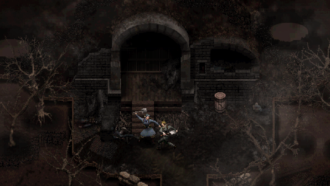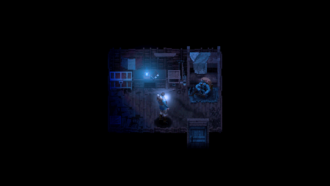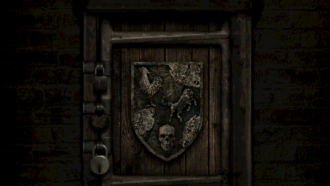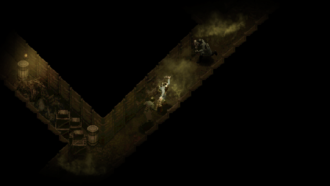Platforms:
Xbox One, PS4, PC, Nintendo Switch, PS5, Xbox Series X|S
Released:
July 23, 2024
Publisher:
Catchweight Studio
Developer:
Catchweight Studio
Depictions of war in video games have always deserved more than the Call of Duty-style glamorising approach of making it look badass while asking you to bear no mind to the torture scene you instigated. We’ve come close in other titles: the Valiant Heart games show some of the emotion and tragedy that come with it. Spec Ops: The Line is a beloved and wonderful rug pull of its violence. However, none have truly depicted war’s horrific devastation and gruelling effects. Not until a little new survival horror title by the name of Conscript.
It’s World War I. The year is 1916. You are a French soldier in the thick of the trenches, taking on the Germans in the Battle of Verdun and on the hunt for your missing-in-action brother. Through grisly bloody fights, a hail of gunfire and explosive artillery, the game’s six chapters are aptly moody and incredibly bleak. It’s quickly become my favourite depiction of war in games, thanks to the refreshing approach of making the adventure not only a survival horror but with an isometric, classic Resident Evil-style approach.
Conscript authentically webs and weaves together its world. You start on the front lines but your journey will take you through muddy blood-drenched trenches, twisty and winding bunkers, a town devastated by artillery and gunfire and the eerily quiet graveyard that is No Man’s Land. Each environment is portrayed well. Taking the low poly art style approach, they milk the absolute hell out of this aesthetic, with rich shadow detailings that allow for painting minute details but also result in a grainy effect that compliments the grimy world. Bunkers are aptly labyrinthian, with many dead ends and cut-offs that will then snake back around and link up once you’ve unlocked that one door that’s blocking your path.
Only feet above you you’re hearing distant screams, war whistles and rumbles of explosions on ground level. When intense battles finally end, the foreboding and intense musical score takes a while to fade away, keeping you on edge. Conscript is a game that’s been in the works for seven years by solo Melbourne developer Jordan Mochi under the banner Catchweight Studio. It’s easy to see why; it does a damned good job at making you feel like you’re there with your boots on the ground in the thick of it.
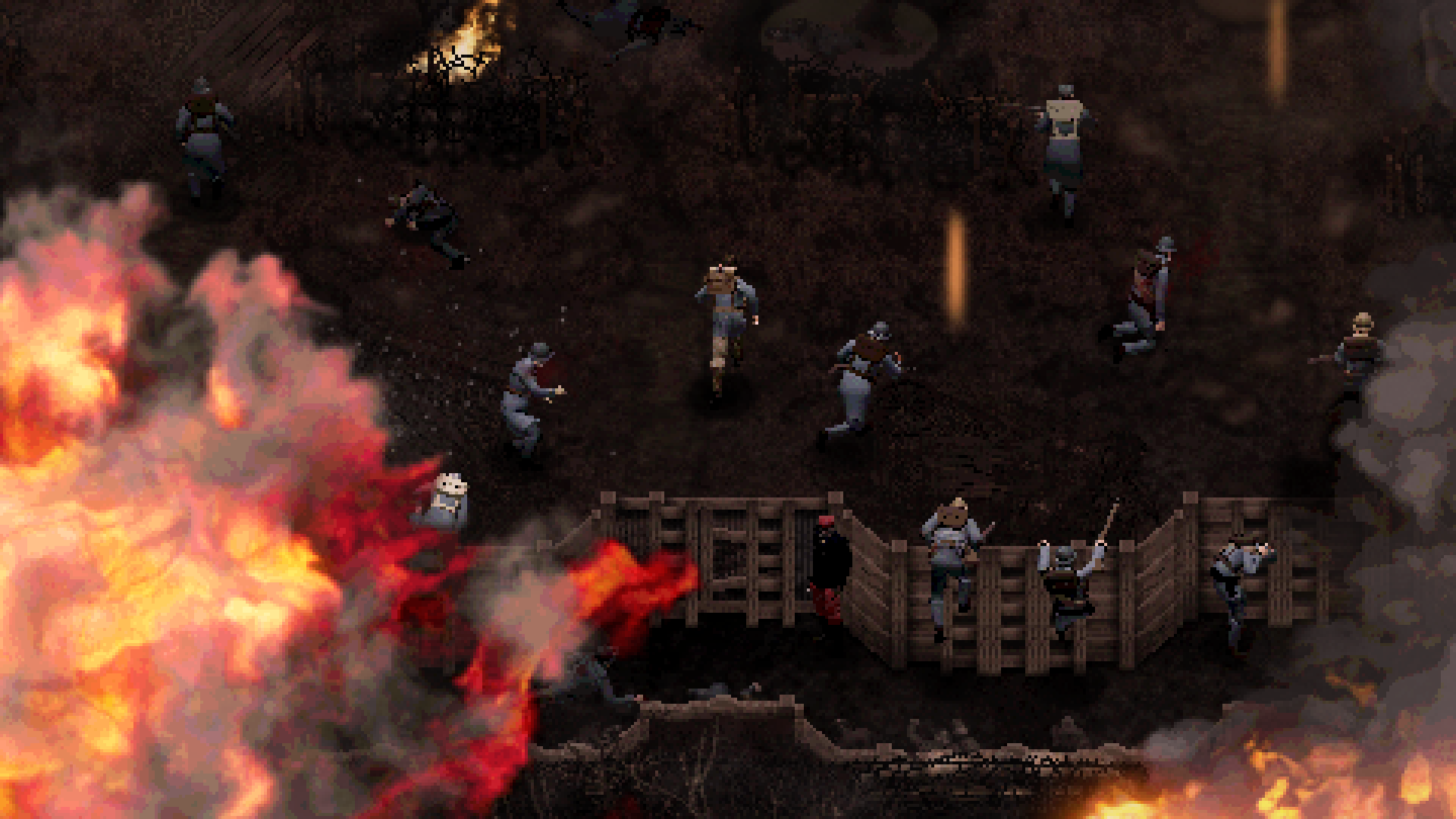
I have nothing but the utmost respect for Conscript’s brutally loyal commitment to the survival horror genre. Save for pre-battlefield flashbacks that come at the end of each chapter, the title is a little light on story beats and instead is solely focused on its World War I setting. There’s no supernatural secret under the game’s hood, Conscript solely portrays its war story to the player boldly, staring back at you and not even entertaining the idea that war isn’t horror. That’s because it is. It’s in the little things that you get the seeping dread. German soldiers will barrel down at you with animalistic screams and others stop mid-fight and have a mental breakdown, sobbing. You’ll pick up dog tags and memorabilia from even the German side including lost letters and pictures of loved ones. Setpieces include moments where you’ll be running away from boulders (there’s that original Resident Evil nod) gas seeps in through claustrophobic corridors as you try your best to outrun it. It doesn’t get more horror than this. Nothing is more horrific than war and the fact that it aids and abets absolutely no one.
“… it does a damned good job at making you feel like you’re there with your boots on the ground in the thick of it.”
Conscript is at times too loyal to the early genre roots. In survival horror fashion, there’s the classic gameplay loop of scouring for ammo and resources, inventory management and intense combat that’ll require you to always move. This is all incredibly strong: the pulled-back isometric perspective lets you see enemies coming from all directions and the dodge roll is important for fleeing from groups when outnumbered. Though its classic survival horror level design is a little too big at times. Getting to that one required spot on your map can take a little too long and is a little too convoluted due to the labyrinth of hallways and paths between you and your destination.
On surface areas like No Man’s Land, travel can be inconsistent too; puddles that appear to be the same depth as that one you just crossed over prior are now impenetrable. This is because the game wants you to instead go around some obtuse way like through a dense set of burnt trees that I can’t quite parse my way through unless I turn up the screen brightness. Issues like this become more apparent when you’re required to backtrack through said areas, all in the hunt for that one key or puzzle piece to progress. On that, hunting for that one little thread to keep progression sometimes can be slow going and frustrating. Maps are in-game and they don’t depict the topography, only boxes that show roughly where an exit and entrance are. I like this as a means of refraining from holding the player’s hand, but this decision could’ve been easily more conceded in the more involved environments you’re traversing.
Conscript has some quality-of-life additions to smoothen out the experience as best as it can, but friction can still be found within. Initially, I began the game playing on the default difficulty with saves being limited by whether or not you had ink for the typewriter save station in the safe room (look, another Resident Evil reference!). About three hours in I ran into an issue where I got myself stuck in a save where I had one hit of health left, no healing and a boatload of enemies ahead of me. In another instance, I crashed and lost a good hour of progress. Four hours deep and I had to start afresh due to all these issues amalgamating into small growing annoyances. Booting back up to the easiest difficulty and turning on autosaving (that still only occurs when story beats happen such as a key item being picked up), I’m still not quite getting the smoothest experience. I still would love for save rooms not to be so far away from one another. Those maps are still frustratingly labyrinthian; rooms on the map are never (à la modern Resident Evil) coloured blue to indicate you’ve found and done all there is to an area. It just needs some ironing out of kinks.
It’s hard to be fully on board with Conscript’s loyalty to survival horror when that obsession with pairing up with the roots is causing roadblocks in my journey. We’ve even had more cleaner and palatable indie survival horror games this year. While still a good game, it’s considerations like that that prevent me from wholeheartedly falling in love with the game as much as I want to. Survival horror freaks and masochists may also very well love Conscript for these very parts I considered flaws, though. Multiple endings, along with rankings based on speed and performance make this a deeply replayable experience for those all about it.
7
Good
Positive:
- War depicted through the lens of survival horror is unique and really strong
- Incredible visual and audio design that immerses you in the trenches and battlefield
- Isometric view makes for engaging and tactful combat encounters
Negative:
- In need of more quality of life additions
- Map design is at times too big and tedious to navigate
Conscript is a good survival horror game but not the fantastic one it should have been destined to be. Its fierce and very apparent survival horror devotion is incredibly admirable, shining best when depicting war in quite simply the best way I’ve seen it in games to date. The sound design, art style and general mood make the vibes palpable like you’re there on the ground in the thick of it. This loyalty to the genre is also a double-edged sword though, not quite having enough quality-of-life additions and progression slowing to a halt when you’re hunting through a labyrinth for that one key to unlock that one door. For better or worse, Conscript is a homage to classic Resident Evil, through and through. Isn’t that enough?

